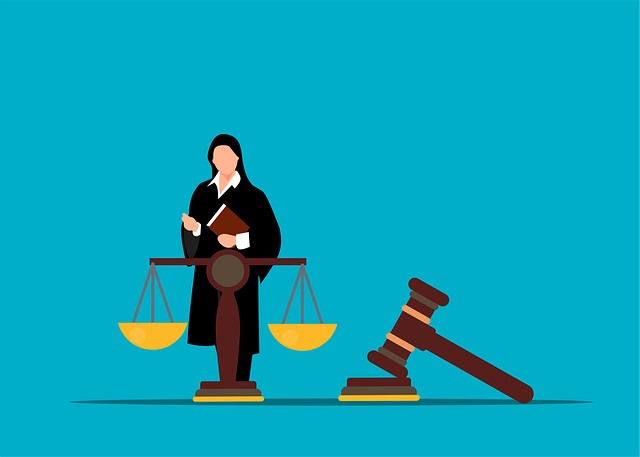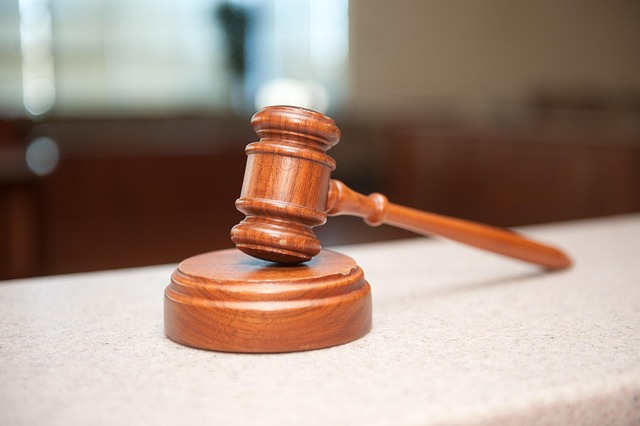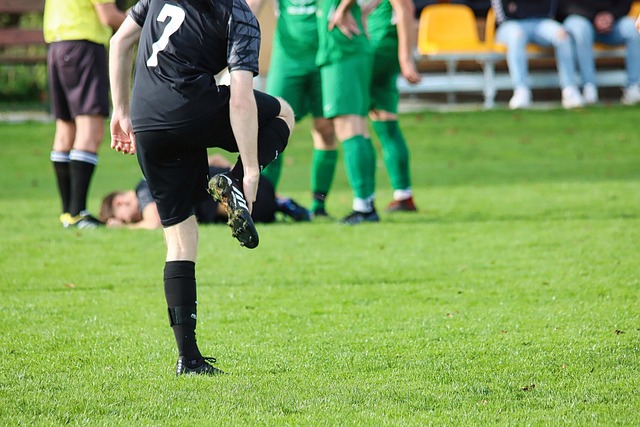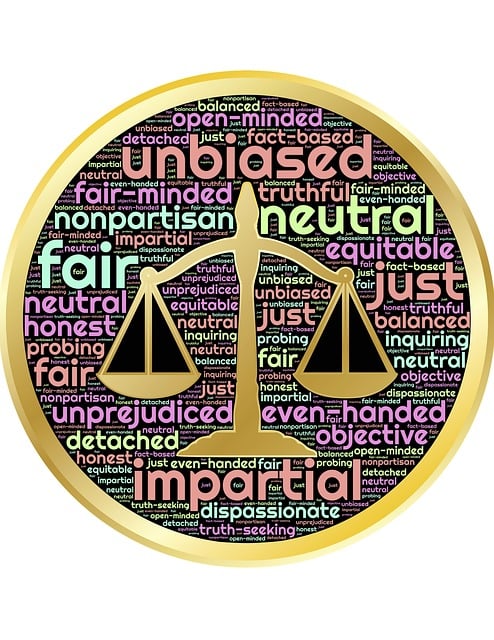Parking lot pedestrian accidents involve complex liability determinations. Property owners/managers generally owe a duty of care to maintain safe premises, but victims also have responsibilities. Specialized lawyers navigate complexities, assess circumstances, and advise on legal avenues, often involving real estate disputes over maintenance. Proving negligence under state premises liability laws is crucial for compensation claims against at-fault drivers or property owners. Even if pedestrians are partially at fault, they can still seek valid claims for damages including medical expenses and property damage. Effective navigation of these complexities is essential for achieving just compensation in such cases.
“In the dynamic landscape of modern urban living, parking lot pedestrian accidents pose significant legal considerations. This comprehensive guide delves into the intricate web of liability, rights, and responsibilities surrounding such incidents. Understanding the legal framework is pivotal for all involved parties, as it dictates the path to justice and fair compensation. From determining fault to navigating damages, this article equips readers with crucial insights into managing parking lot pedestrian accident cases effectively.”
- Understanding Parking Lot Pedestrian Accident Liability
- Legal Rights and Responsibilities of Involved Parties
- Navigating Compensation and Damages in Parking Lot Cases
Understanding Parking Lot Pedestrian Accident Liability

In the case of parking lot pedestrian accidents, determining liability is a complex task involving multiple legal considerations. The primary issue revolves around who owes a duty of care to the injured party and whether this duty was breached. Generally, property owners or managers are held responsible for maintaining safe premises, including parking lots. This includes ensuring clear walkways, proper lighting, and removing potential hazards like obstacles or puddles that could cause slips and falls.
An accident lawyer specializing in personal injury cases can help navigate these complexities. They will assess the specific circumstances of the incident, review relevant safety protocols, and advise on potential legal avenues. Often, these cases involve real estate disputes over who is responsible for maintaining the parking lot. Proving negligence requires a thorough investigation and understanding of state laws pertaining to premises liability, especially in situations where the victim was crossing a road or accessing a business from the parking lot.
Legal Rights and Responsibilities of Involved Parties
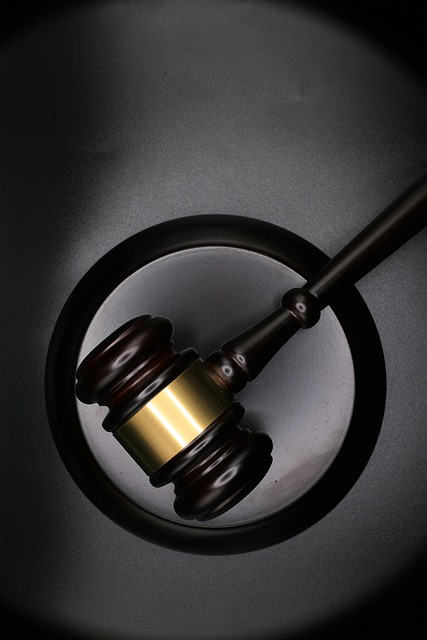
In a parking lot pedestrian accident, both the victim and the property owner or operator have distinct legal rights and responsibilities. The injured party has the right to seek compensation for any damages incurred, including medical expenses, pain and suffering, and lost wages. They can file a claim against the at-fault driver, as well as the parking lot owner if negligence is proven. For instance, if a driver fails to yield while turning into a parking lot and hits a pedestrian, they are liable for the resulting injuries.
The property owner or operator must ensure the parking lot is safe and free from hazards that could cause parking lot pedestrian accidents. They have a duty of care to maintain the premises and may be held responsible if their negligence contributes to an accident. However, the victim’s rights are not unlimited; they must still exercise reasonable care for their own safety. For example, in cases where an elder is involved, determining liability could involve examining potential elder abuse or neglect by the property owner. Consulting with a qualified auto accident attorney can help navigate these complexities and ensure all legal options are explored.
Navigating Compensation and Damages in Parking Lot Cases
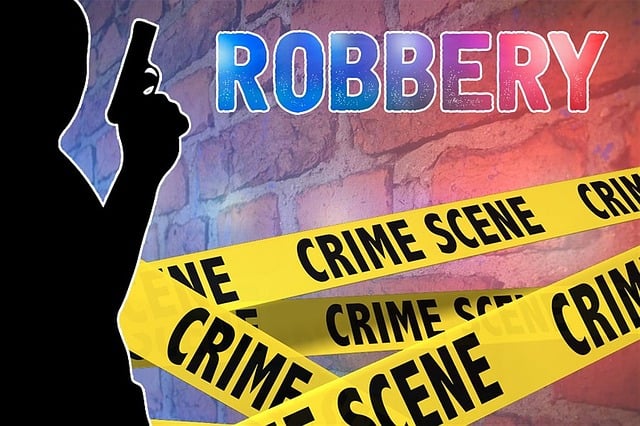
When a parking lot pedestrian accident occurs, determining compensation and damages can be complex. Unlike car accidents on public roads, parking lot incidents often involve lower speeds and different liability scenarios. Pedestrians may be at fault if they ignored no-pedestrian signs or walked into oncoming traffic. However, property damage claims and medical expenses for car accident injuries are still valid concerns.
In cases of severe harm or even wrongful death, survivors or their families can pursue legal action against the responsible party, whether it’s a driver, property owner, or management company. The focus shifts to proving negligence—a failure to exercise reasonable care—and demonstrating how this led to the accident and subsequent car accident injuries or property damage claims. Effective navigation of these aspects is crucial for achieving just compensation in parking lot pedestrian accident cases.
Parking lot pedestrian accidents can have complex legal implications, but understanding the liability, rights, and compensation processes is key to resolving these cases. By recognizing the specific considerations unique to parking lots, individuals involved in such incidents can navigate the legal landscape more effectively. This article has provided an overview of these critical aspects, offering insights into the steps to take following a parking lot pedestrian accident, including seeking medical attention, documenting evidence, and understanding one’s legal rights. Remember that each case is distinct, and consulting with legal professionals specialized in parking lot pedestrian accidents is essential for achieving the best possible outcome.
